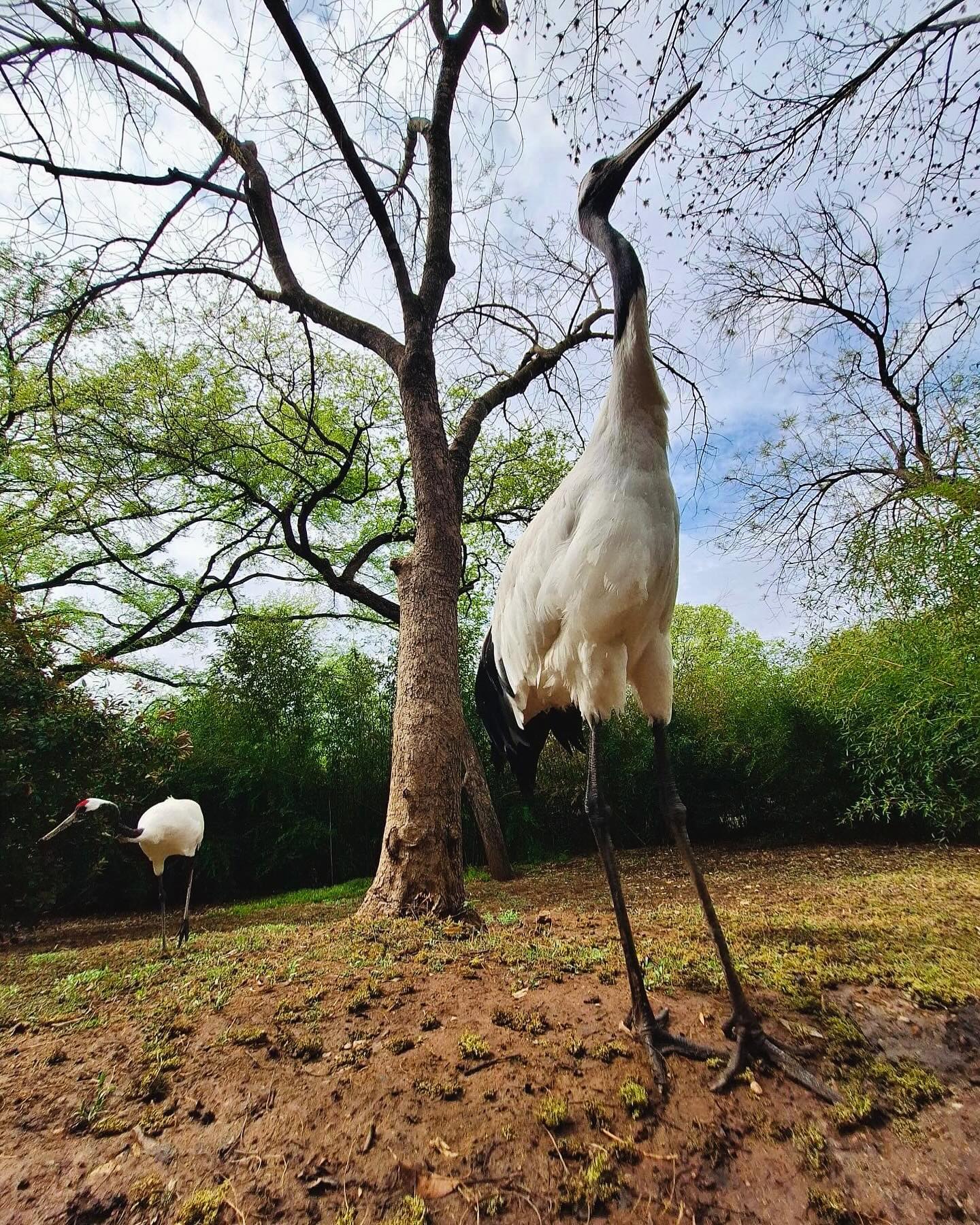- The red-crowned crane’s physical characteristics and behavior
- Habitat, distribution, and migration patterns
- Breeding, nesting, and social dynamics
- Conservation status and efforts
- Cultural significance and symbolism in East Asia
The red-crowned crane, scientifically known as Grus japonensis, stands as one of the tallest and heaviest crane species, often reaching heights of up to 5 feet and weighing as much as 20 pounds. Characterized by its striking white plumage, long neck, and a distinctive red crown on its head, this species captivates birdwatchers and scientists alike. Renowned for their gracefulness in flight and elaborate courtship dances, these cranes have studied their behaviors both in the wild and in captivity to gain insights into their social structures.
In terms of behavior, red-crowned cranes are known for their strong pair bonds. They typically form monogamous relationships that can last a lifetime. Courtship rituals play a crucial role; these illustrate their ability to attract mates and strengthen bonds. During mating season, males perform a series of dances, which involve jumping, bowing, and calling, displaying their fitness and readiness to mate. This intricate display not only strengthens their pair bond but also contributes to the overall dynamics of their social groups.
The red-crowned crane primarily inhabits wetland ecosystems, including marshes, swamps, and shallow lakes. These habitats provide essential resources, including food and nesting sites. In East Asia, they are distributed across northern China, Mongolia, Korea, and parts of Japan, where they migrate seasonally. In the winter, these cranes tend to flock to warmer areas with abundant food sources. Their migratory patterns reflect their adaptability to environmental changes, although they are increasingly facing challenges due to habitat loss.
The breeding season for red-crowned cranes typically begins in late winter or early spring. After mating, the female lays two eggs, usually in a mound of reeds and vegetation. Both parents take turns incubating the eggs, and after about 30 days, the chicks hatch. The parental care provided is extensive; both parents lead their offspring to feeding areas and protect them from predators. This commitment to parenting is crucial for the survival of the young cranes, especially in their vulnerable early months.
As a vulnerable species, red-crowned cranes face significant threats that jeopardize their survival. Habitat destruction due to agricultural expansion, urbanization, and pollution poses one of the most pressing challenges. Wetlands are drained or altered, leading to loss of critical resources for the cranes. Conservation efforts have mobilized various organizations dedicated to protecting these birds and their natural habitats. Protected areas have been established, and wetland restoration projects are underway to restore the environments that red-crowned cranes depend on.
Moreover, the International Union for Conservation of Nature (IUCN) continues to monitor the population trends and health of these cranes. Through research, monitoring, and collaboration between governmental and non-governmental organizations, significant strides have been made to raise awareness about the red-crowned crane’s vulnerabilities. Initiatives include breeding programs and educational outreach that emphasize the importance of wetlands in the ecosystem.
Culturally, the red-crowned crane holds a revered place in many East Asian traditions. Often regarded as a symbol of luck and longevity, the bird appears in various art forms ranging from paintings to literature. Its long lifespan and monogamous partnerships resonate with ideals of fidelity and devotion, making it a powerful emblem across different cultures. Festivals celebrating these birds often promote conservation messaging, linking cultural heritage with ecological stewardship.
The red-crowned crane serves as an extraordinary example of how wildlife conservation and cultural identity can intertwine. With each passing year, research into their behaviors and environments deepens our understanding of these magnificent birds. Providing knowledge about their biology and habitats emphasizes the necessity of protective measures that can foster their survival.
By exploring the physical characteristics, behavioral patterns, breeding habits, conservation challenges, and cultural significance of the red-crowned crane, one can appreciate the intricate relationship between these remarkable birds and their ecosystems. Understanding their needs, challenges, and the contexts in which they thrive is crucial to safeguarding their future. The collective responsibility rests on our willingness to observe, learn, and take action for their conservation efforts.
*****
Source Description
The red-crowned crane in .5x 📸 This vulnerable species is one of the rarest and largest cranes in the world, standing at 5 feet tall and up to 20 pounds.
Their likeness is often used as a symbol for luck and longevity in East Asian art and culture due to the bird’s long lifespan and long-term monogamous relationships. 🥰
📷: Keeper Erica


